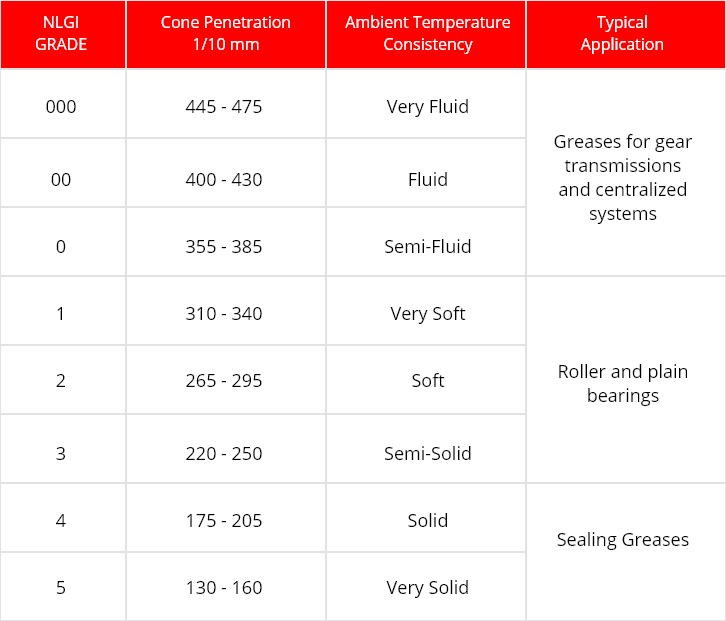I periodically do status checks on the values of three speed bikes in the market. For many years, the more common models have tended to be somewhat undervalued when you consider the quality, durability, and practicality of these bikes.
There was a Copake bicycle auction just a few days ago featuring a number of three speed bikes, so let's take a look at the values rolling in... (these prices do not include buyer's premium, which should not be all that large considering these bikes are pretty affordable)
Lot 86 is an early Raleigh Sports model for the US market. This is a pre-WWII bike (I would guess 1938 or earlier based on the frame angles) with the old-style laid back frame angles. Final price of $120. It looks like it may have had some parts changes over the years, but a pretty good bargain if you like early Raleighs for the US market.
Lot 87 was a coffee Sports, men's tall frame model. Final price of $108. That's pretty good for a largely complete Sports in a desirable size.
Lot 88 is a Japanese-made Royce Union three speed. It's a knock-off of a Raleigh. Closing price of $108. The tall frame coffee Raleigh was the better deal at that same price. I would pass on the Royce Union at that price - just too much for a knock-off bike in a smaller frame size. Perhaps these are becoming more valuable(?). I am surprised it was anywhere close to what a tall frame Raleigh Sports would bring.
Lot 89 is an unusual Raleigh-made Dunelt rod brake roadster. This is an unusual model for the US market. Most rod brake models in the US from the 1960s and 70s were Raleigh-branded and followed the "DL-1" style pattern. This Dunelt is a desirable medium frame model, with unusual chrome fenders. Final price of $120 is a good buy for an unusual and very ride-worthy roadster.
Lot 90 is another interesting bike - an old style Raleigh that is a mixture of Sports and road/club elements. The fluted cranks give away that this is something a little better than usual. It comes with a dynohub system and the condition is pretty good overall. It has neat, white-painted fenders. The only downside is it's a small frame rather than the men's tall frame type. But if this bike fits you, $180 is a good buy for a sporty, old school Raleigh.
Lot 92 is a nice, tall frame men's Humber Sports. There's nothing rare or unusual about this bike. It's a Humber from after the duplex fork era. It's in good shape though. The color looks nice as well. It needs some work, but for $96, it's a good deal for a very practical bike in a desirable frame size.
Lot 93 is a much earlier Humber. It has the desirable duplex fork and is pretty complete. The condition looks good. The grips are worth a close look - they look like original 1950s era grips (highly desirable - hard to find these in good shape). The only downside is it's a women's frame. I hope some lady bought it, fixes it up, and rides it. It would be a shame to see it parted out, which is the fate of so many of these ladies' bikes. It's a rod brake model to boot. At $60, this was a bargain.
Lot 186 is a Swiss Army Bike. The market for these bikes seems to be all over the place. It ranges from, say $100, and goes way up. I've seen very clean and original examples with lots of equipment sell for over $1,000. This bike sold at $150, which is very reasonable and a pretty good deal. The only downside is it's a smaller frame size.
My take-aways:
- The market for basic three speed English, American, and similar utility bikes is still on the cheap side. There has been no drastic change to the fact that these are still affordable bikes.
- The Copake Auction still provides some good bargains. There is also the pre-auction swap meet that could provide a bargain buy. Some bikes go for more than they should, but it's worth looking at these auctions and swaps because there is good stuff at good prices to be had if you keep your eyes open.
- Most of the bikes are still more valuable as parts than whole bikes.
- Surprisingly, the somewhat earlier and more collectible bikes did not do drastically better than the later and more common ones. The difference was maybe $75-80 or so. That's not a lot in today's rather de-valued currency.
- I'm not sure what the deal with the Royce Union selling for as much as the tall frame Raleigh. It's Japanese-made and was always a "garage sale" type bike. Maybe there is a market I've overlooked for these older Japanese-made utility bikes. Japanese 10 and 12 speed road bikes have undergone a kind of renaissance over the years where people actually look for them and pay decent money for the better ones. Maybe the market is starting to appreciate these unusual Japanese three speeds more now as well. But this is just one example... we'll see what happens.



































.jpg)



















